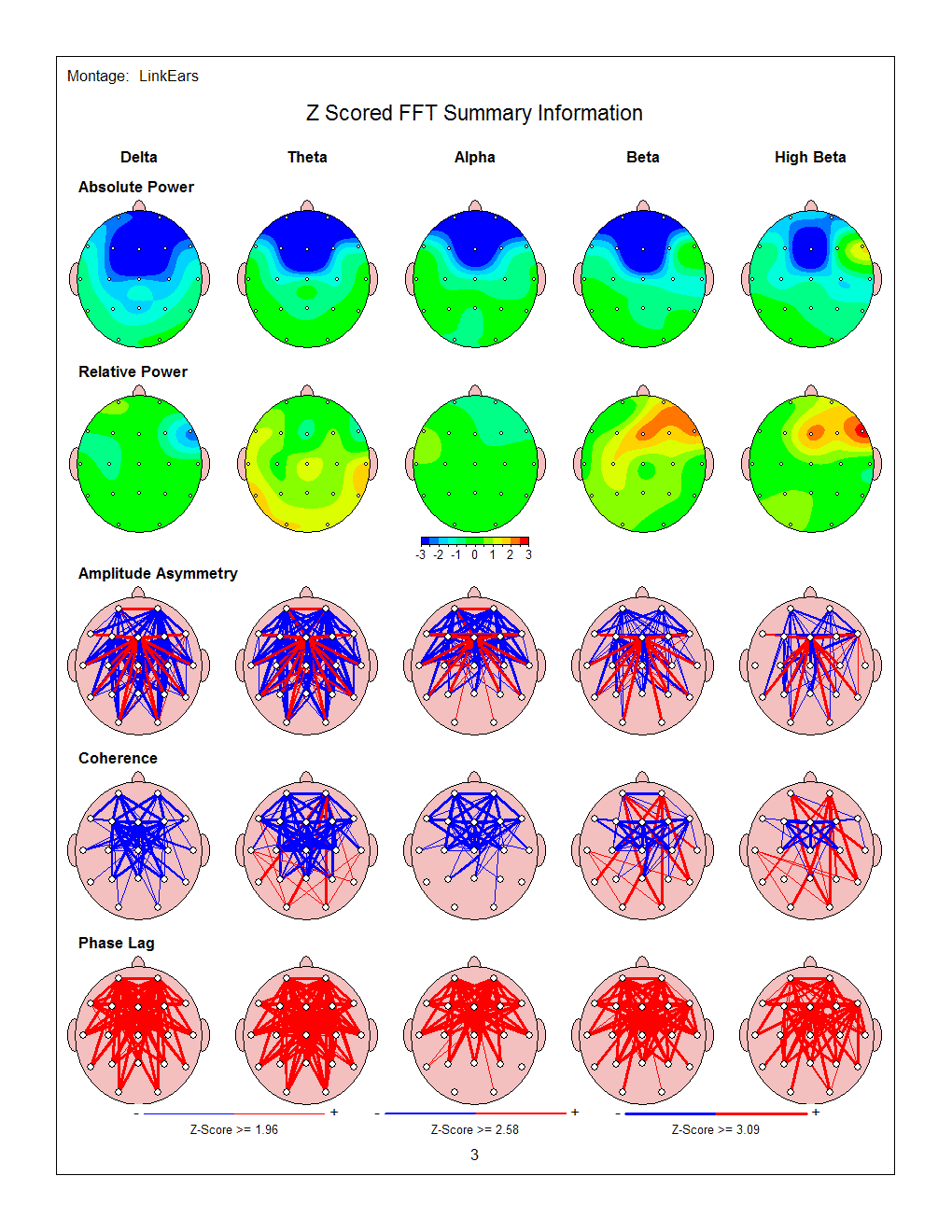DMA Neurocognitive Training: Brain Mapping
NEUROSCIENCE | Oct. 24, 2019
Read time: < 1 Minute
We believe that technology is widely underutilized in the classroom, especially when it comes to the advanced state of neuroscience. New technologies in the classroom such as laptops and Smart Boards can facilitate more engaging learning experiences for students, but by utilizing technologies like EEG and qEEG, DMA’s staff can get a better look under the hood and make well-informed hypotheses about how each student will learn best as an individual.
Neurocognitive Training is not only an important facet of DMA’s curriculum, but it is also one thing that sets us apart from almost every other school. We believe that technology is widely underutilized in the classroom, especially when it comes to the advanced state of neuroscience. New technologies in the classroom such as laptops and Smart Boards can facilitate more engaging learning experiences for students, but by utilizing technologies like EEG and qEEG, DMA’s staff can get a better look under the hood and make well-informed hypotheses about how each student will learn best as an individual.
Last week, we introduced the EEG - a tool that records a measurement of electrical patterns at the surface of the scalp which reflect cortical (outer brain layer) activity, commonly referred to as ‘brainwaves’. If you haven’t read last week’s blog post yet, we highly recommend stopping here and heading over to give it a read. It lays out an extremely helpful overview to this complex concept. Don’t worry, we’ll wait before moving on...
(cue Jeopardy theme music)
…
Okay nice, you’re back!
Now that we understand how the network connections between different regional areas of the brain affect mind management and learning capacity, let’s talk more about how we can use Brain Mapping to isolate and identify troubled areas.
It was touched on a bit in our last post, but to be clear, Brain Mapping is the layman's term for quantitative EEG - the analysis of a digitized EEG measurement. Basically, the data recorded by the EEG is quantified to visually represent the patterns of brainwaves that are present. Here’s an example:

So try not to get totally overwhelmed with this at first. There’s a lot to unpack here. We’ll offer you enough to bite off without giving you more than you can chew.
Whether it be sound waves, brainwaves, even waves crashing into the shore, every wave has a specific amplitude and frequency. If you look at the top two rows of brain maps, you’ll see five types of brainwaves, each having a defined frequency range: Delta, Theta, Alpha, Beta, and High Beta (we will get more in depth on these in a future post). More or less, the Brain Map lets us identify which areas might be too stimulated or not stimulated enough by each type of brainwave. The goal here is to use these EEG measurements to develop an individualized approach that can restore an efficient balance of communication between each area of the brain.
That’s the overview of how Brain Mapping fits within our Neurocognitive Training framework. Next week, we will offer a case study conducted by our DMA psychologist, Dr. Todd Nadeau who has accomplished a number of effective treatments with patients by using EEG and Brain Mapping practices. If you’re chomping at the bit and want to keep learning about Brain Mapping, here’s a helpful PDF from Todd talking about reading brain maps as well as a list of some important terms regarding regions of the brain.
- Liquid Software
- 555-555-5555
- liquidsoftwarellc.com
© Copyright 2026 Liquid Software L.L.C. Web Design by Top Shelf Creative Studios.



